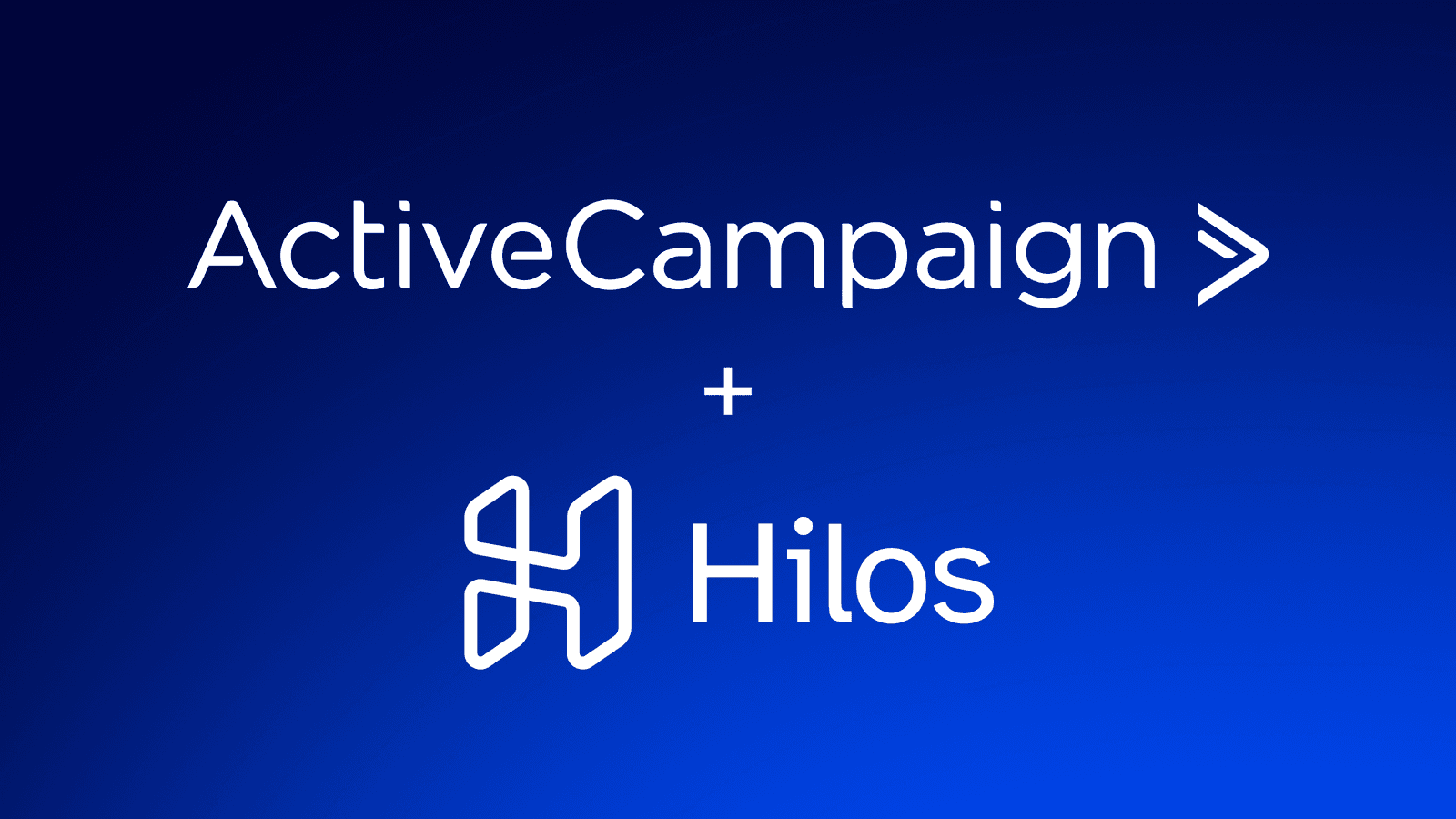What makes content marketing different from other types of marketing?
Content marketing seems to be the latest marketing trend, but its rise in popularity has left some people scratching their heads. What’s the difference between digital marketing and content marketing? Where does branded content figure into a marketing mix?
The various opinions on content, content marketing, branded content, and traditional advertising create a lot of confusion on the subject.
The other day I was catching up with a marketing friend of mine. Of course, we started to talk shop, and our conversation turned to the rise in content marketing.
This guy is an experienced marketer who had spent most of his career in advertising and B2B marketing, so I was a bit surprised by his take on content marketing.
“It’s all content marketing.”
Confused, I asked him to explain. He continued:
“It’s all content. Before content marketing was the hot new thing, we called it something else. We called it a brochure or an ad or an editorial, but it was all still content.”
Is he right? If we look at content marketing vs traditional marketing, are we right to draw a distinction at all?
Here's the difference between marketing and content marketing:
- Content marketing is based on "permission" – on getting people to come to you for information
- Traditional marketing is based on "interruption" – on going to where people are and getting in front of them
I argue that, yes, there is a difference between content marketing and traditional marketing. But it’s not necessarily as obvious as it first appears, and the question is worth a closer look.
The origins of content marketing
The origins of content marketing can be traced back to the late 19th century when John Deere created the first content marketing program through their magazine, The Furrow.
Unlike brochures or catalogs common at the time—and still ever-present today—The Furrow was a full-blown, educational publication. With contributions from journalists and subject matter experts, the magazine helped farmers farm better.
Although its principal goal was to provide value to farmers, The Furrow proved a success—such a success that it is still distributed today.

This is a roundabout way of saying that my friend is right: content marketing undoubtedly existed before the online era.
Tracking down examples of early, offline content marketing can be difficult, but they are there if you look for them.
Ever wonder why Michelin, a tire company, produces restaurant guides? The Michelin Guide began as a helpful resource for travelers in 1900, and didn’t start reviewing restaurants until 1926. Although the guides don’t explicitly sell tires, there’s a lot of overlap between people who travel and people who need new tires.
Ever wonder why “soap operas” have nothing to do with soap? The early soap operas were produced by Procter & Gamble on the radio, eventually spurring listeners to adopt their products.
These examples, and others from the time period, were not called content marketing—the term had not yet been invented.
Yet they undoubtedly follow the same principles. In some sense, my friend is undoubtedly right—content marketing has existed for much longer than the phrase “content marketing” was popular.
Try it now, for free
What is content marketing?
Content marketing is an approach to marketing that involves the creation of materials – like blog posts, white papers, videos, articles, or infographics – in order to stimulate interest in a brand without explicitly promoting it.
Although modern content marketing tends to focus on written, online content (especially blog posts and search engine optimization), any attempt to attract a relevant group of people by giving them valuable information could be considered content marketing.
The content marketing examples above, from the early days of content marketing, all fit this definition:
- The Furrow is interesting to farmers, even if they don't have a John Deere tractor
- A restaurant guide is useful even if someone doesn't have Michelin tires
- Soap operas are entertaining whether or not someone uses Proctor & Gamble soap
What is traditional marketing?
Traditional marketing refers to any marketing that has been used for a long time. Most of the time, traditional marketing refers to channels like television advertising, radio advertising, direct mail, print ads, or billboards.
Traditional marketing and advertising is based on reaching out to an audience (rather than attracting an audience to you).
Modern technology has caused some evolution of traditional marketing techniques.
Today, social media advertising (especially Facebook ads), YouTube ads, advertisements on streaming services, sponsored marketing, and other "outbound" techniques could be considered offshoots of traditional marketing.
At the same time, some people consider traditional marketing techniques "traditional" based on how they are run:
- Traditional marketing campaigns are usually expensive
- Traditional marketing campaigns reach a lot of people
- Traditional marketing campaigns are hard to measure directly
Content marketing vs. traditional marketing
If content marketing has existed for a long time, what exactly separates it from traditional marketing?
Some classic marketing examples demonstrate that the difference between content marketing and traditional marketing is not always clear-cut.
Famous ad man David Ogilvy argued throughout his career that the best print advertisements took the form of editorials. By adding value to the reader, these editorials were more effective at capturing attention and selling products—which Ogilvy believed to be the most important marketing metric.
If you look at an example of an Ogilvy advertisement, the copy is almost indistinguishable from a marketing listicle you might read today. There’s even a call to action at the end. Can we think of ads like this as content marketing?
In a sense, these kinds of advertisements fulfill one of the central tenets of content marketing—they add value.
But in another, they break the rules that truly great content marketing is built on.
Permission marketing and content
In 1999, in the early days of the internet, Seth Godin published his first of 18 books: Permission Marketing: Turning Strangers into Friends and Friends into Customers.
Seth Godin has been called “the godfather of modern marketing,” and the reasons for that moniker tie back to this concept of permission marketing. In the book, Godin draws a distinction between “permission” and “interruption,” arguing that most marketing falls into the latter category.
Interruption marketing is called such because it is based on inserting itself into the target audience’s life. A person doesn’t choose to watch an ad on television—the ad interrupts the show they are watching. A person doesn’t choose to see a banner ad—it pops up on a website.
Permission marketing, in contrast, is defined by audience interest. Permission marketing is marketing that an audience seeks out and chooses to consume. Because it is opt-in and based on audience interest, Godin argues that it is far more effective than interruption marketing.
I won’t be so quick to decry the usefulness of “interruption” techniques, and there remain quite a lot of uses for traditional advertisements.
But the fundamental tenets of permission marketing have informed the development of content marketing, and understanding both interruption and permission can help us understand the principles content marketing is built on. That, in turn, can help us study content marketing vs traditional marketing.
The principles of content marketing (past and future)
Content marketing is vast, and has in many ways changed substantially from the early days of The Furrow.
The internet greatly increased content’s accessibility and distribution. Moving online changed many of the basic tactics marketers use to promote content (social media, SEO, email marketing, etc.).
Content discovery has changed massively.
Moving online also opened the window to a much wider range of content formats. Videos, podcasts, infographics, pictures, interactive web pages, and other types of content are increasingly common ways to deliver value.
Content creation is more accessible than ever. The rise of new platforms has even created professional bloggers, who make money from their blog as a full-time job.
Despite these changes, there are a few principles that remain timeless—the same principles that I believe separate content marketing from traditional marketing.
- Content marketing adds value to a specific target audience
- Content marketing builds an opted-in, subscribed base
- Content marketing fosters a long-term relationship with the target audience
Viewed as a function of these three principles, it’s a lot easier to see the distinction between things that are “content” and things that are “content marketing.” It's easier to see how content marketing is different from advertising. It's also easier to see how traditional marketing techniques are different:
- A brochure can add value to a target audience (it doesn’t have to), but it doesn’t work to build a long-term relationship or a subscribed base
- TV advertisements are viewed by an audience that has not opted in or actively seeking information
- Telemarketing is perhaps the world’s clearest example of interruption marketing, and fulfills none of the principles of content marketing
What about David Ogilvy’s editorial-like advertisements? They operate in something of a gray area. Although they are designed to add value and even have a call-to-action to establish contact, they do not build a subscribed base or a platform over the long term.
How is content marketing different from direct advertising? Content marketing is focused on adding value, and building a long-term relationship with an opted-in base.
Conclusion: Who’s right?
At this point, it’s probably clear that I disagree with my friend. Content marketing has existed for a long time, but I think there is a fundamental difference between content marketing and traditional marketing.
At the same time, I think he raises an incredibly important point.
In my very first job after college, I had a boss who would walk through the office spouting marketing wisdom to anyone who would listen. It was not uncommon to be sitting at your desk as he walked by, pointed at you, and stated a deep marketing truth before moving on.
Some of these marketing truths have, unfortunately, slipped from memory. But one of the things he liked to say stuck: “Everything we do sends a message.”
Everything we do sends a message. Even if advertisements, brochures, flyers, billboards, and editorials are not content marketing—they are still content. They still affect how an audience views your brand and interacts with your company.
As you look at creating a content marketing strategy for your marketing mix, it’s important to consider all of your customer and audience touchpoints—whether they are content marketing or other types of promotion.
When we look at content marketing vs traditional marketing, I think we are right to draw a distinction. Each has its separate uses, and there are fundamental principles that separate the two. There is a difference between content marketing and advertising.
At the same time, we need to keep in mind—everything we do sends a message.








